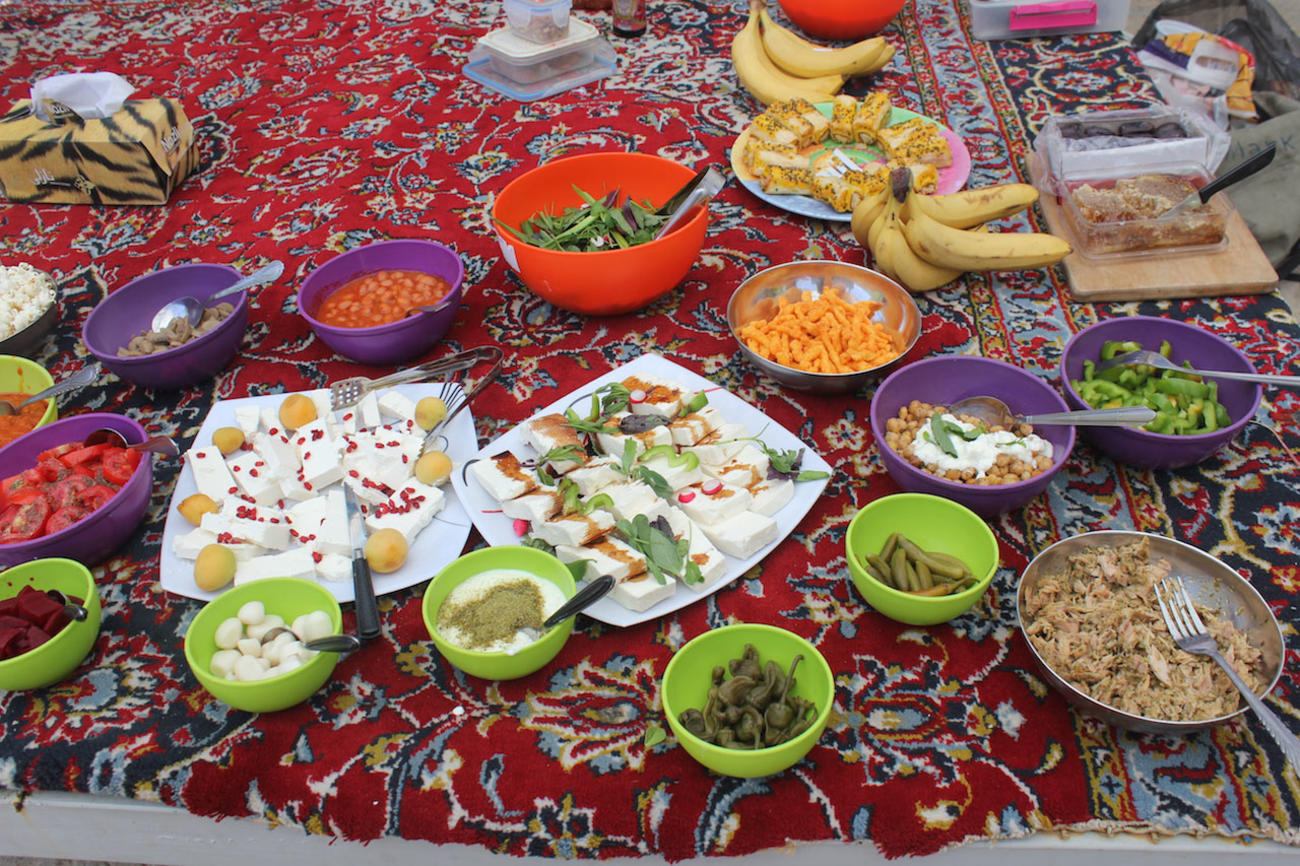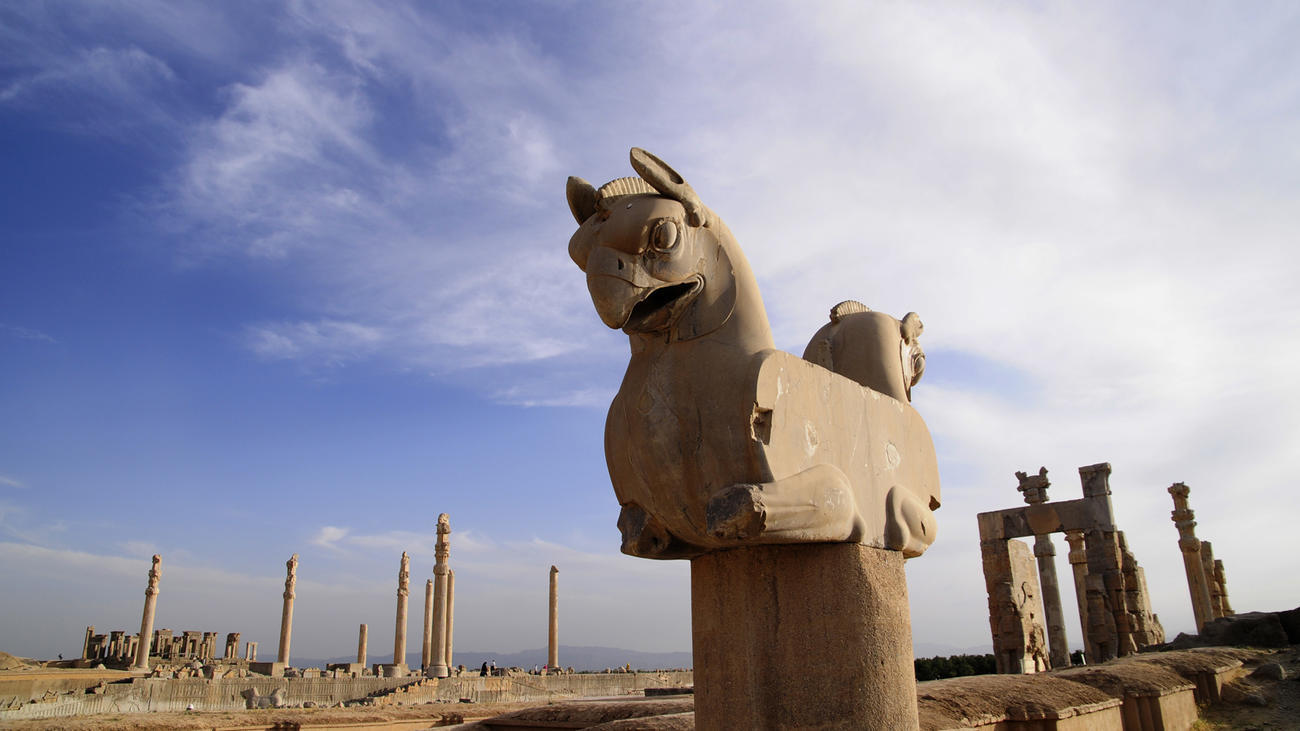As one of the UK’s leading tour operators to Iran, Wild Frontiers has been booking holidays to this enchanting destination for over ten years. It’s now been almost two years since the FCO lifted its advice against travel to the majority of Iran, ending a decade of sanctions. Below we take a look at what this means for travelling in today’s Iran and why now is a great time to go.
Why should I visit now?
Iran is undoubtedly gaining in popularity and is experiencing an uptake in the number of visitors. Now is an ideal time to visit the country before mass development really takes place and the unique indefinable magic of Iran perhaps fades, as the country inevitably becomes more commercialised. It’s certainly not overrun by tourists, so we do highly recommend visiting sooner rather than later to be ahead of the curve seeing this fascinating country.
Is Iran safe?

All of our clients who recently returned from Iran have commented on how safe they felt. While, like much of the world, Iran may not be immune to international terrorism, such incidents are fortunately very few and far between due in no small part to the country being 90% Shi'a and having a strong security presence in the shape of the Iranian Revolutionary Guard. Without exception we have found the overwhelming majority of Iranian people to be both law-abiding and incredibly welcoming.
What is the infrastructure like in Iran?
There has been an unprecedented demand and interest in visiting this wonderful destination and the past eighteen months has been the busiest period for tourism in Iran for over a decade. This sudden increase in visitors has understandably put a strain on Iran’s limited tourist infrastructure and demand for tourist services such as hotel rooms, tourist buses and qualified guides are currently exceeding supply. Due to the lack of foreign tourism to Iran over the last decade or more, development has been stagnant, although we expect that to change as Iran currently has ambitious plans to build a large number of new hotels with the growing interest in the destination.
How does Iran compare with other destinations?
It is somewhat difficult to compare the experience of visiting Iran with other destinations in terms of expectations as, although Iran is a developed country, it is not a “luxury” destination. Visitors should therefore be prepared for a holiday which is different from anything else they’ve experienced.
What should I wear?

We are often asked by both men and women what to wear in Iran. The general attitude is actually more casual than you might expect, although it’s essential to stick to some key rules. Women need to wear headscarves at all times, loose clothing is definitely preferable and legs should be covered down to the ankle. For men, the rules are fairly simple – long trousers rather than shorts, but bare forearms are fine, so t-shirts, shirts etc are all ok. In the cities you’re likely to see the locals pushing the boundaries of the dress code, but we strongly advise being both conservative and respectful of traditional dress.
For a more detailed outline of Iranian dress code, including details of how to fasten a headscarf, take a look at our blog.
Is it easy to apply for a visa?
The visa process has recently changed for UK and Canadian passport holders in particular. Visitors from these countries now need to complete a CV/career history statement as part of the visa application process – but this isn’t as daunting as it sounds! Applying for a visa is a two-step process, with the visa authorisation code issued initially, before the actual visa application can be submitted.
It’s worth being aware that the visa application process now takes longer and we advise allowing at least two months from booking for your visa to be issued. Visas are valid for 90 days from issue, so do not apply more than 3 months before travel.
Find out more about the process in our blog. We are also on hand to answer any questions you might have.
What is the food like?

In general there is not a strong restaurant culture in Iran and many local people like to eat kebabs when they dine out, which you will get to try. Whilst Persian food has a high regard around the world, the best Persian cuisine in Iran is often found in people’s homes and rarely in restaurants. Luckily some of our tours include a homestay visit where you will get a chance to experience home cooking too. It is not unusual on our group tours for the tour leader to order a variety of dishes for people to share when in the restaurants, given the number of people dining and the language barrier. This allows guests to sample the great variety of food on offer, including the delicious stews, like Fesenjan which is made with a pomegranate and walnut sauce. We also incorporate a range of picnics into our trips, which are not only delicious, but enable visitors to experience the local way of life – you may even be invited to join a local family’s picnic!
What are the highlights?

The stunning Islamic architecture in the mosques, madrasahs and palaces of its cities are the biggest draw. The blue-tiled domes of Isfahan for example, are exquisite. Iran also has a fascinatingly rich history. At one point, the Persian Empire was the largest empire the world had ever seen, stretching from the Indus River across to the Eastern Mediterranean coast, south into Egypt and Sudan and including Armenia and Macedonia. This history is memorably brought to life in the ancient temple complex of Persepolis and at Cyrus the Great’s tomb in Pasagadae. Iran’s culture is fascinating too – it’s a very young population and they are very outgoing – you will be engaged in conversations wherever you go by people really interested in how life is in the West. Our tours allow lots of time for interaction with locals, both in the cities and in rural Iran.
